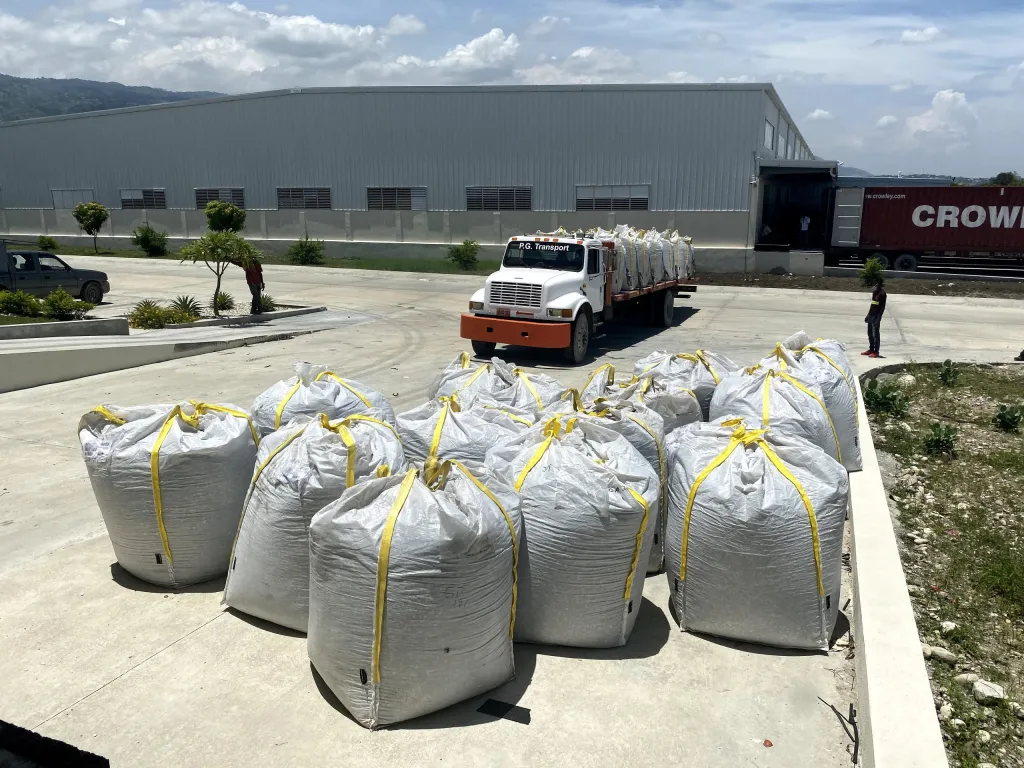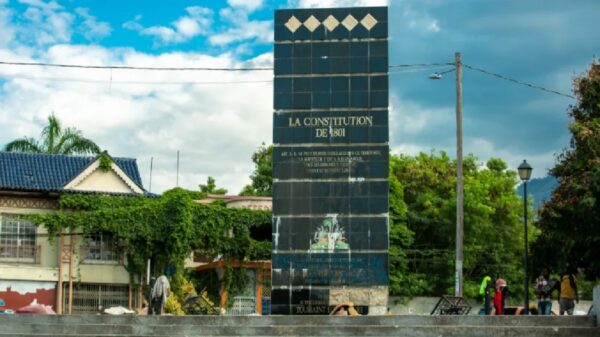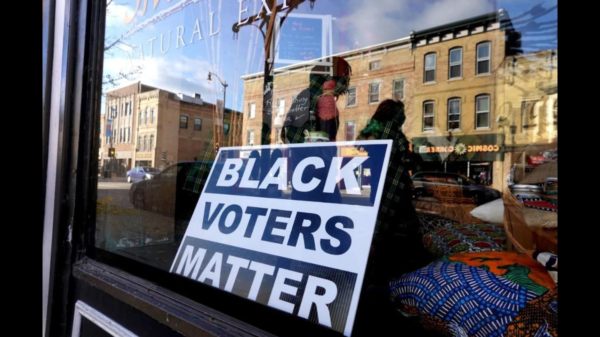www.haitiantimes.com
By Vania Andre

CROIX-DES-BOUQUETS, Haiti — A year before the pandemic, HP announced it would invest $2 million to expand its ocean-bound plastic supply chain by building a new plastic washing line in Haiti.
At the time, individual plastic collectors in Haiti sold what they collected to HP. The company then sorted, compacted and shipped the items to the U.S. There, workers grinded, washed and sent the plastic to a recycling company in Canada for further processing. After that, the plant shipped the processed plastic back to HP to be turned into ink cartridges.
The process allowed the American software and computer services manufacturer and its partners in Haiti – First Mile and LaVergne – to increase locally-sourced plastic from the country available for use in HP products, while cutting costs and increasing jobs for locals.
“We have hundreds of collection centers throughout [Haiti] that we’ve strategically positioned in certain areas to prevent plastic from going into the ocean,” said Edouard Carrié, managing director of LaVergne Haiti, a Montreal-based recycling company.
“Oceanbound plastic is a global problem that obviously takes time to come up with formulas and solutions to prevent,” Carrié said. “But one of the things that I admire with HP and LaVergne is that they really put the time and commitment into figuring out what that formula and process [are]. Between the technology and our volume, we have a problem that can also turn into an opportunity.”
Plans were set to build this new washing line that would be run by Carrié back in 2019. The new building in Croix-des-Bouquets, which is about eight miles from Haiti’s capital Port-au-Prince, was complete. The washing line equipment had arrived, ready to be assembled by a team of installation experts from Germany, Canada and the U.S.
Shredded plastic would come into the line, washed with hot water and detergent, rinsed and then spun dry. The new process would double earnings for collectors because of the plastic’s increased value. The new system would also process an estimated 10 million to 20 million pounds per year, as compared with 1 million to 2 million before, according to Dean Miller, program manager for recycling innovation at HP. An estimated 1,000 more sales opportunities would be created for adults in Haiti, essentially doubling the demand for recycled plastics, from the 1,100 already created at that point.
Then came the Covid-19 coronavirus.
The pandemic halted all activities, including the installation team’s travel to Haiti to assemble the washline.
“We had to build this entire facility through virtual integration and virtual communication,” said Carrié. “My team and I learned to be really adaptable. We had a project, we had a plan, and we could not get sidetracked from it.”
Over a few months, and dozens of Zoom calls, Carrié, his team at LaVergne Haiti and local Haitian engineers recruited by Carrié took on the task of installing the washline.
“We had cameras set up literally filming the entire installation asking ‘Hey, where do we put this? Which tools should we be using,” he said.
High-resolution cameras were then installed throughout the building so the virtual team could have a clear line of sight to the full build process. The remote experts were even able to zoom in from a variety of angles to get detailed views of the components.
The virtual team met daily with Carrié and his group in Haiti as they assembled the washing line, piece by piece, using 3D drawings to help guide the process.
The mechanical process took about five weeks, followed by daily meetings with the electrical and plumbing team to prepare the equipment for operation.
“Amazingly, we did it in two or three months’ time, which is the same amount of time we had estimated for the manufacturer to come and do it,” Carrié said.
A crucial aspect of the installation process was being able to outsource local talent in Haiti for the project. It was not disclosed how much it cost to outsource the labor. Carrié said while guidance is needed and language barriers need to be overcome at times, he strongly believes Haiti has the talent.
“There’s talent in Haiti,” he said, “it’s just finding out where to find them. Our entire crew running this operation in Haiti is 100% Haitian and I’m really proud of that.”











You must be logged in to post a comment Login